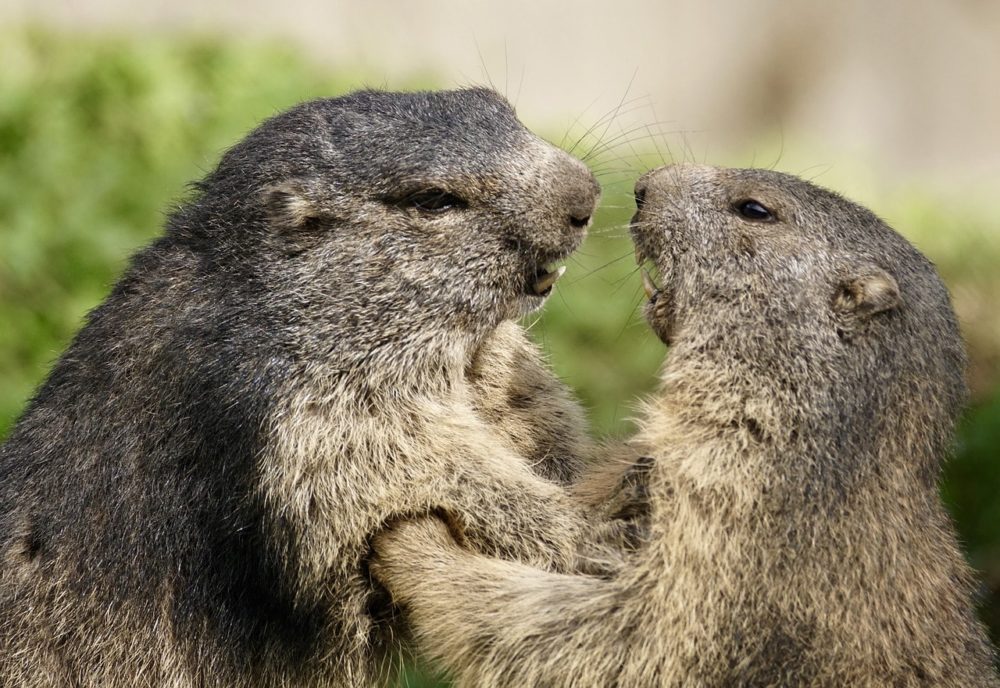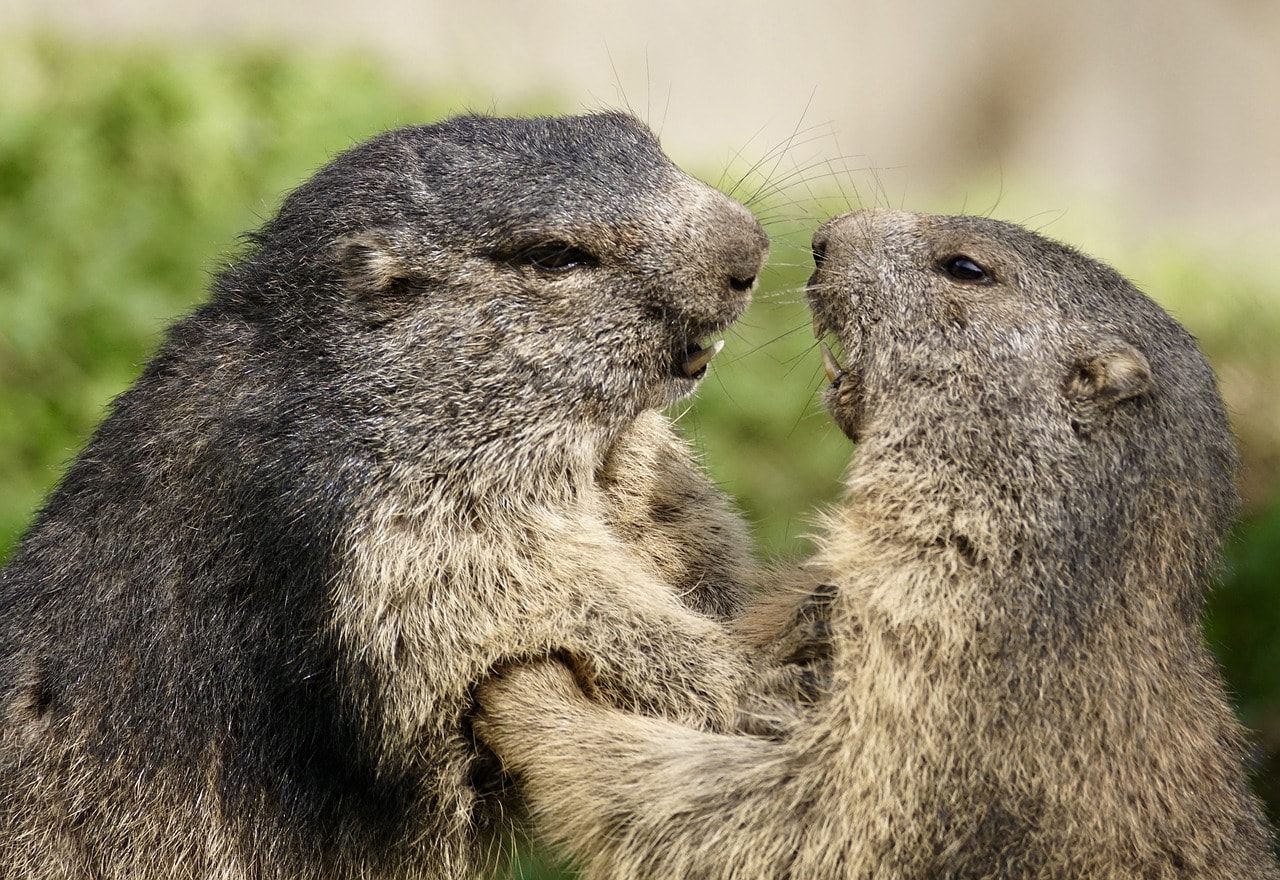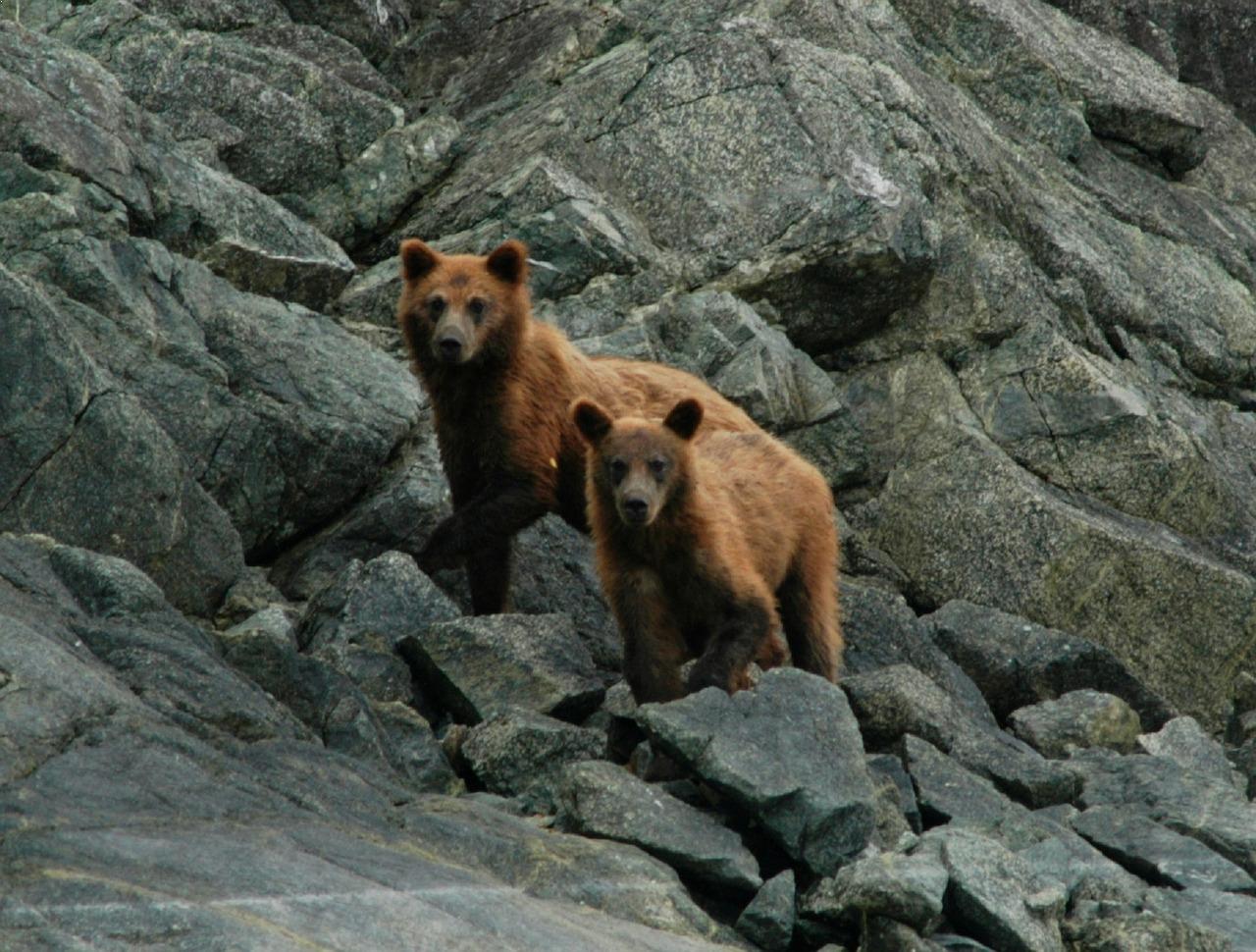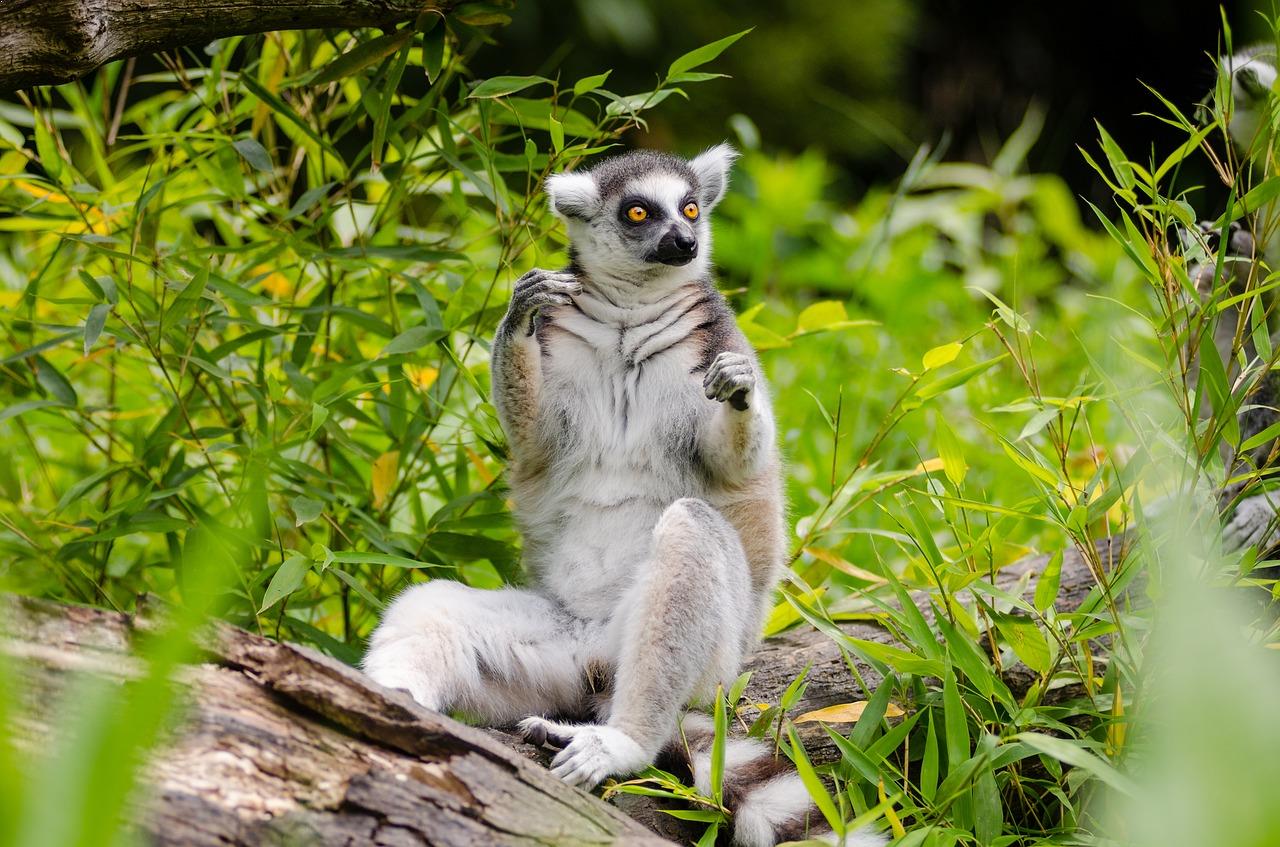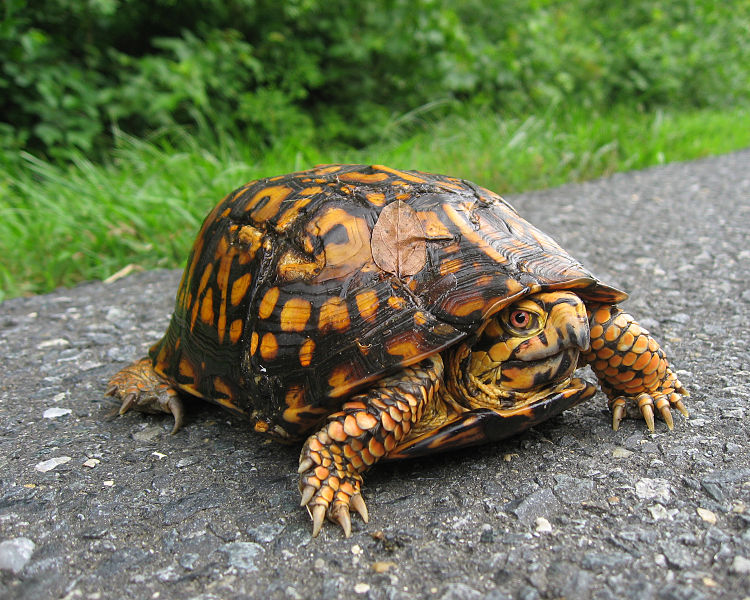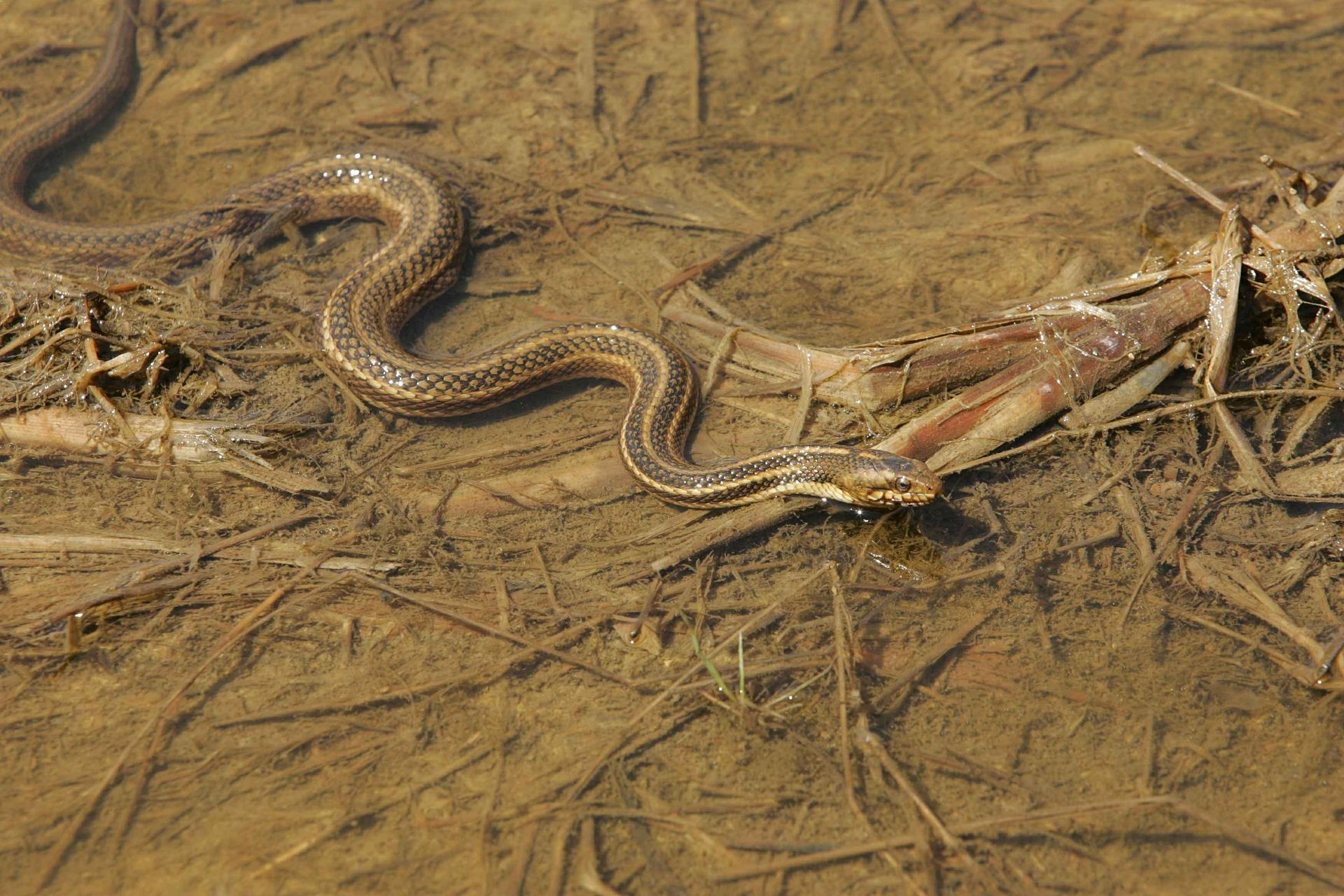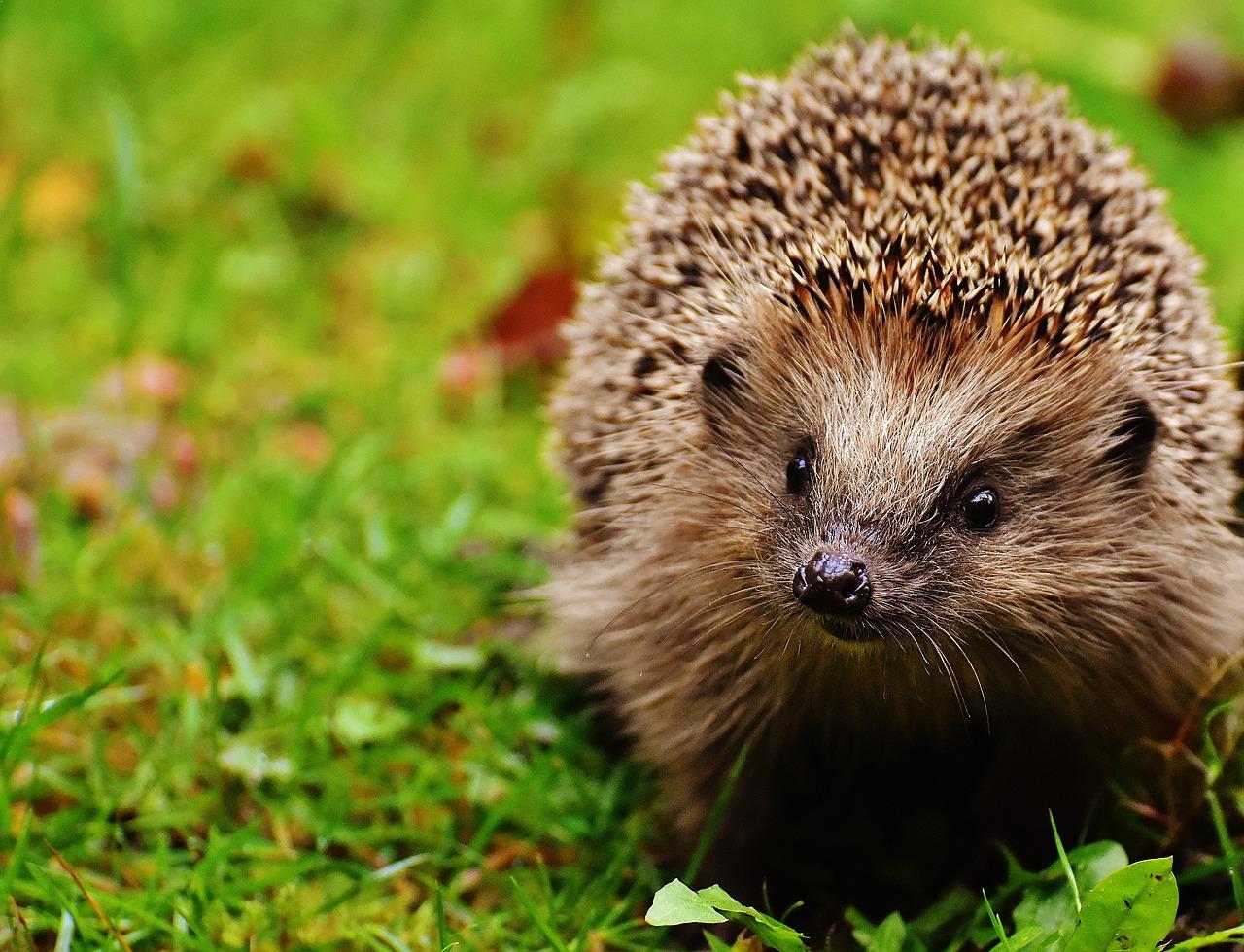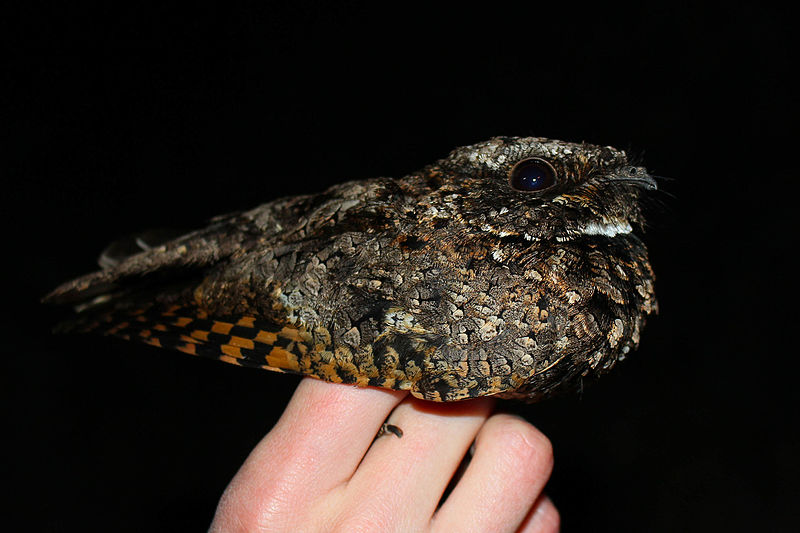As the weather gets colder it becomes very hard to wake up in the morning, but that’s not the thing only in humans. In fact, there are some animals that choose to sleep all winter. When the environment becomes too hostile for the animals, they start finding ways to cope up with the situation. Some animals start migrating to different areas while some choose to stay in an inactive state. If this inactive state lasts for a longer period of time in winter, it is called hibernation. Here is the list of top ten coolest hibernating animals,
Animals That Hibernate
1. Alpine Marmots
The alpine marmot is a species of marmot found in mountainous areas of central and southern Europe mostly at an elevation of about 800 to 3,200 metres. Marmots are temperature sensitive and an increase in temperature can cause habitat loss for them. Talking about the appearance, they have a combination of blond, reddish and dark grey fur and they are also famous as excellent diggers. They spend up to nine months per year in hibernation and when the weather is suitable, they start consuming large amounts of food in order to create a layer of fat on their body, enabling them to survive in their long hibernation period.
2. Bats
Bats, the second largest order of mammals, comprise about 20% of all classified mammal species worldwide, with over 1,200 species. Besides being nocturnal, some bat species pack themselves during the winter. However, not all bats hibernate, but those that do usually live at high latitudes and they are often found clustered on cave walls or ceilings, curled up like furry little balls. One of the best flying animals in the world, Hibernating bats makes a very deep slumber which usually lasts for six months and they accomplish this by dropping their body temperature and slowing their heartbeat rates to only 10 beats per minute.
3. Bears
Bears are carnivorous mammals that are widespread throughout the Northern Hemisphere and partially in the Southern Hemisphere with a wide variety of habitat. Bears of northern regions i.e. the American black bear and the grizzly bear hibernating in the winter season. During hibernation, their body temperature decreases slightly, and its heartbeat also slows down from 55 to just 9 beats per minute. Bears are one of the hibernating animals that do not wake during their hibernation and can go the entire period without eating, drinking, urinating, or defecating.
4. Fat-Tailed Dwarf Lemurs
The fat-tailed dwarf lemur, popularly known as the lesser dwarf lemur, or the western fat-tailed dwarf lemur, is an endemic species of Madagascar. The fat-tailed dwarf lemur is only Madagascar’s primate known to hibernate. It is the only primate who fully fall asleep while hibernating in its natural environment and they are also known in the world to hibernate for an extended period of time of seven months. The heartbeat drops of these hibernating animals drops from 180 beats per minute to as low as four beats per minute, and its breathing rate also slows to just one breath every 10 to 15 minutes. It is also listed as one of the strange animals found only in Africa.
5. Common Box Turtle
The common box turtle is a species of box turtle with six existing subspecies, found throughout the eastern United States and Mexico. Mostly, box turtles live in a geographic area that requires them to hibernate for three to five months of the year. During this time, there is a shortage of food supplies and outside temperatures are so low that box turtles cannot raise their body temperature high enough to maintain normal activity. Also, the heartbeat slows down, digestion stops and the turtle cannot voluntarily move or even open its eyes. Many unprepared wild and pet box turtles die during this period.
Image Location: Wikimedia
6. Bumblebees
A bumblebee is one of the species belonging to bee families. They are found primarily in higher altitudes of the Northern Hemisphere, while some lowland species are also found in South America that are mostly social insects and form colonies with a single queen. However, hibernation takes up a large amount of bumblebee’s life, and some queen bees can hibernate for a period of about nine months, which is almost three-quarters of their life.
7. Garter snake
The non-venomous snakes in the world, Garter snake, is a harmless, small to medium-sized snakes belonging to the genus Thamnophis. Cold-climate garter snakes hibernate during the winter season. They mostly hibernate in dens in large groups, with hundreds of garter snakes found together and also sometimes they hibernate with other snake species. According to the Virtual Nature Trail, one den in Canada was the hibernation spot for more than 8,000 snakes.
8. Snail
During the extreme weather conditions in cold winter mostly snails cannot endure easily. Many slugs, like the large round back slug species, die in autumn after laying their eggs. But many other snail species hibernate and grow to several years of age. For example, Roman snails’ hibernation behaviour is highly developed, they close their shell aperture with a lid and inside the shell which isolates them and protects them against the cold. During hibernation, snails’ activities are reduced to the most vital necessity, and also their heartbeat is reduced to the minimum. Snails are also one of the slowest animals in the world.
9. Hedgehog
One of the spiny animals in the world, hedgehogs hibernate only when the frosts & cold weather is at its worst. However, hedgehogs do not hibernate continuously. They generally wake up for few days at a time in winter and desperately looks for food supplies to top themselves up before going back into hibernation as the weather gets colder again. However, hedgehogs hibernate just to bypass the cold months of the year when food becomes really scarce which generally starts from October to November.
Also Read: Why Hedgehogs Don’t Make Good Pets?
10. Common Poorwill
The common poorwill is the only bird known to go into torpor for extended periods, ranging from weeks to months. Such an extended period of torpor is characterized by the state of decreased physiological activity in an animal, usually by a reduced body temperature and metabolic rate. The Common Poorwill is found mostly on the southern edge of the ranges in the United States, where they spend much of the winter inactive, concealed in piles of rocks.
Image Source: Wikimedia
These are the hibernating animals in the word. Do post your comments.

